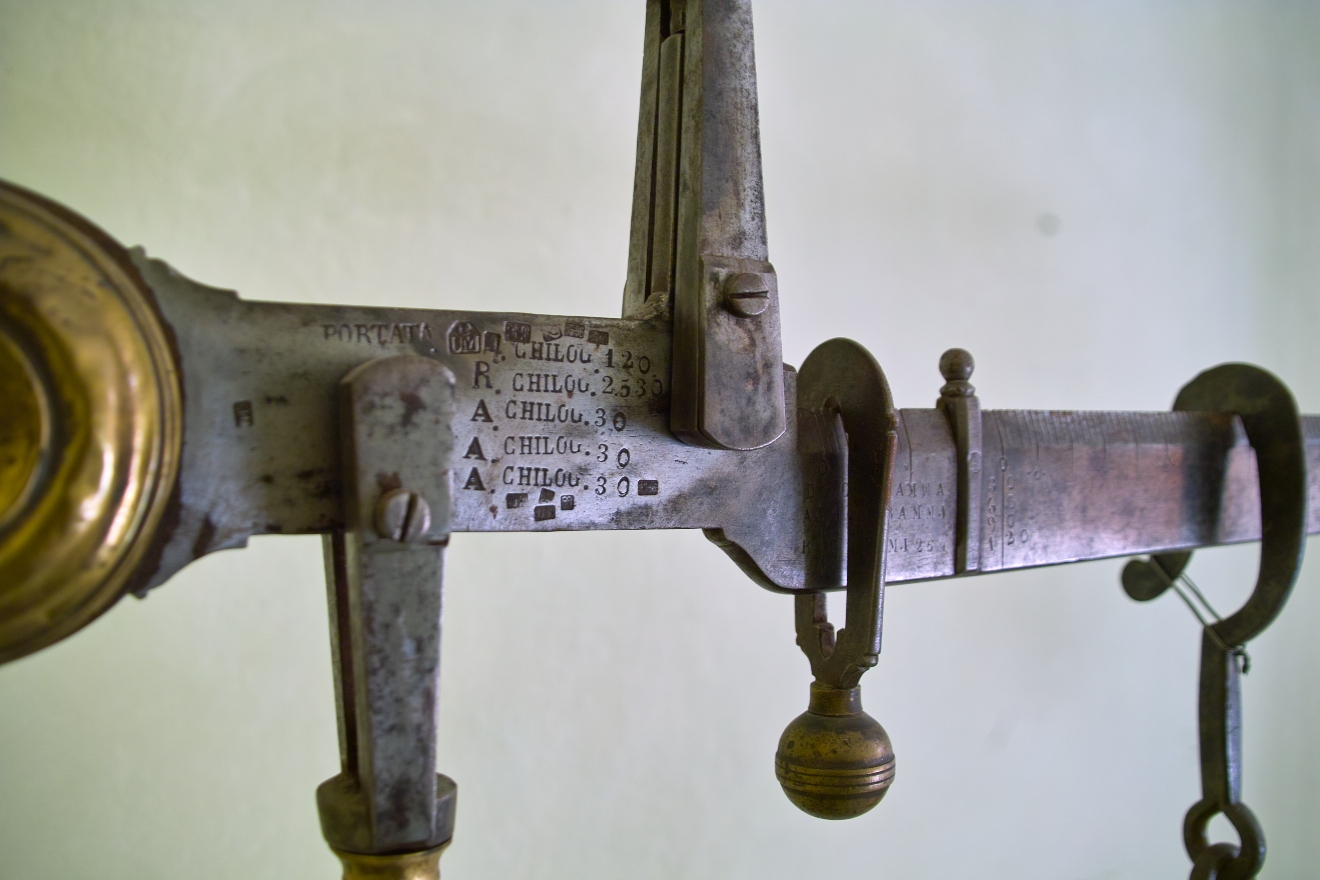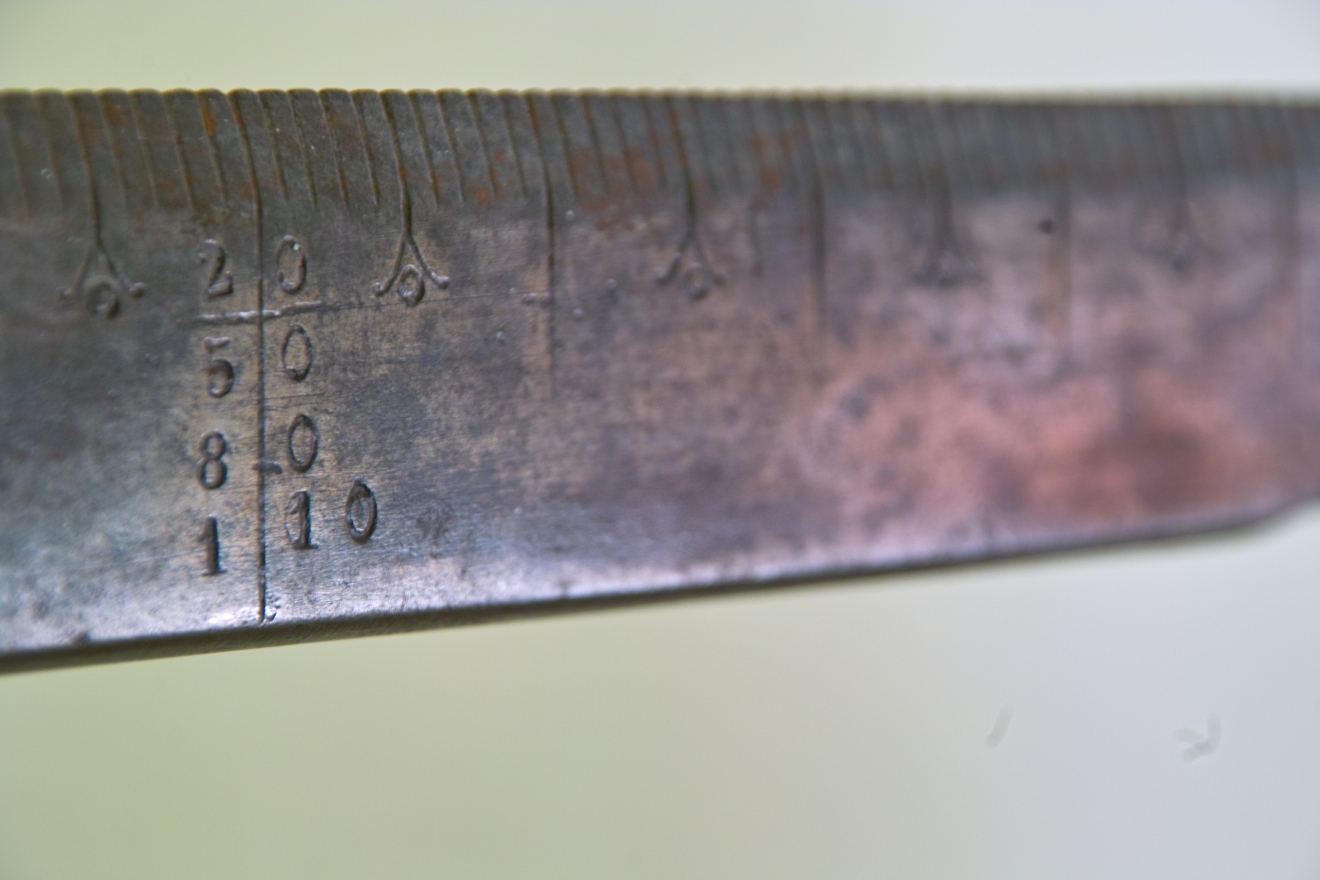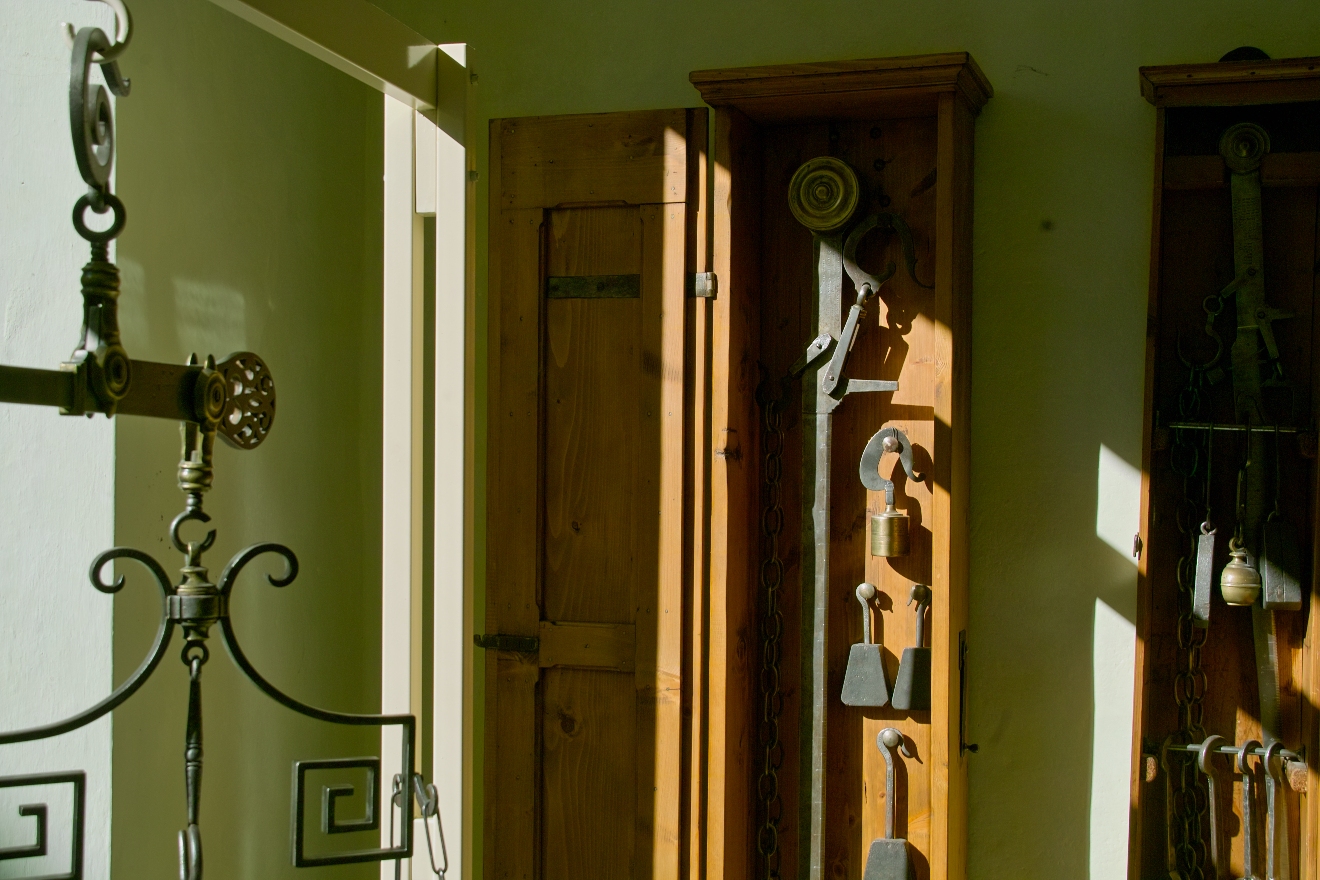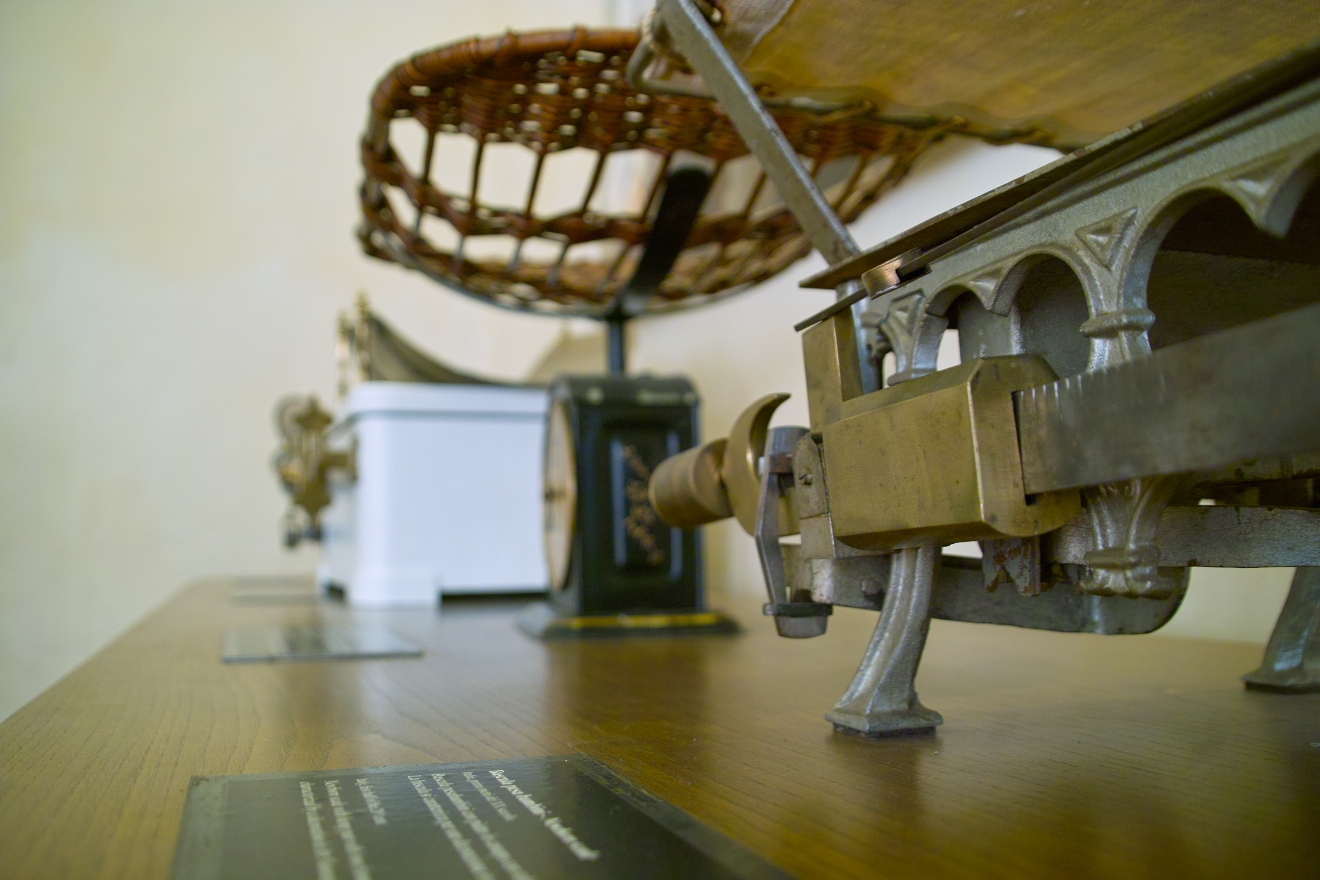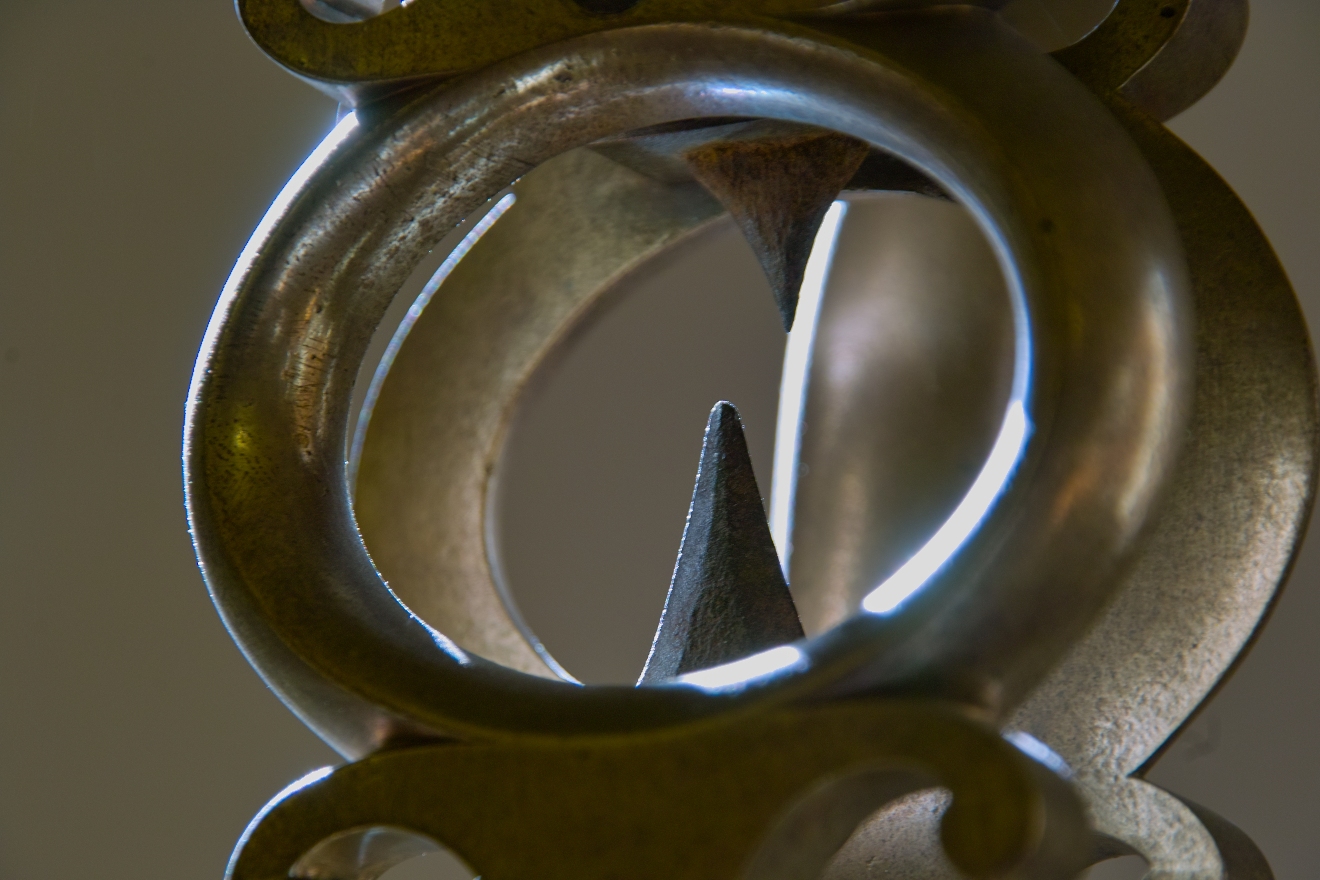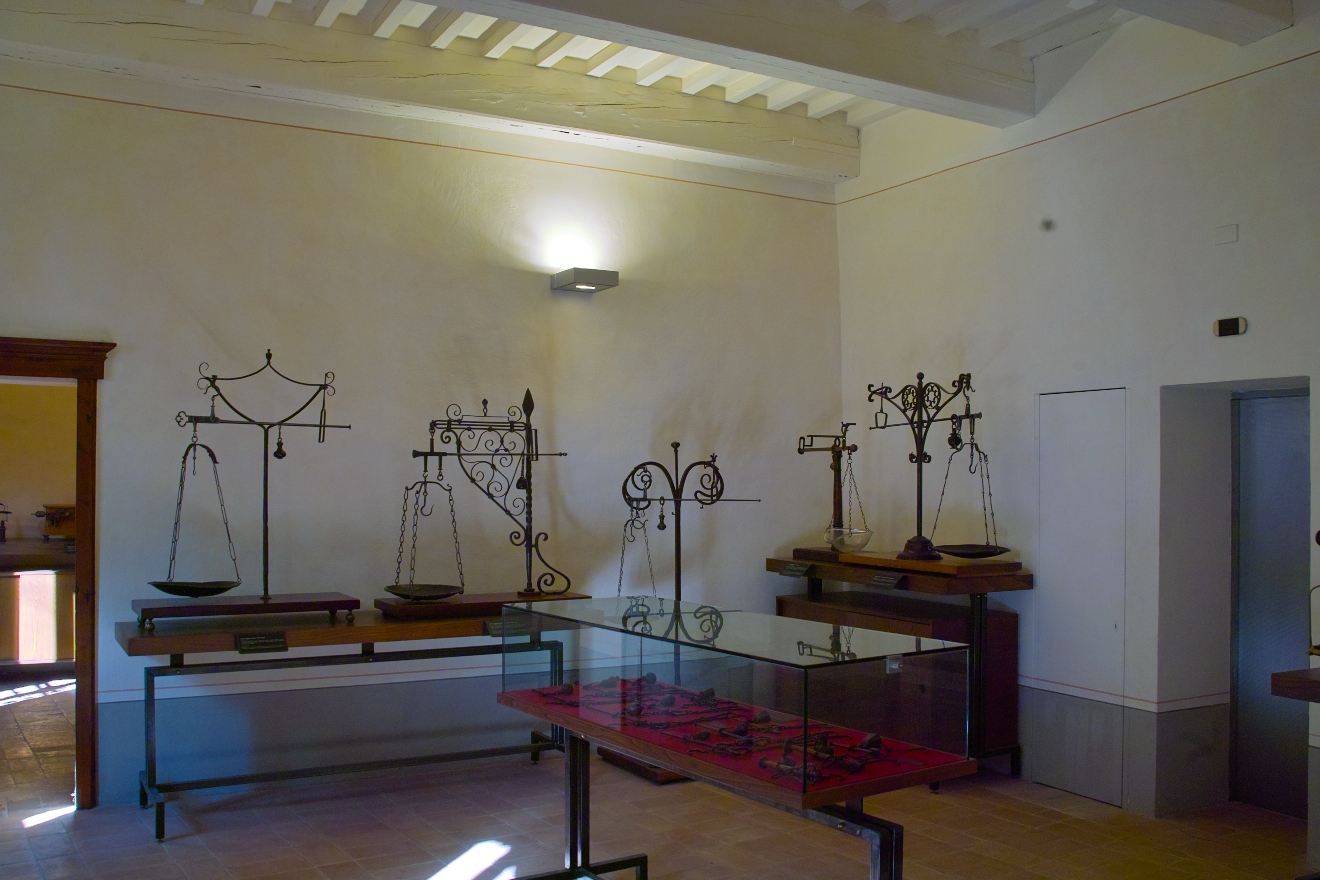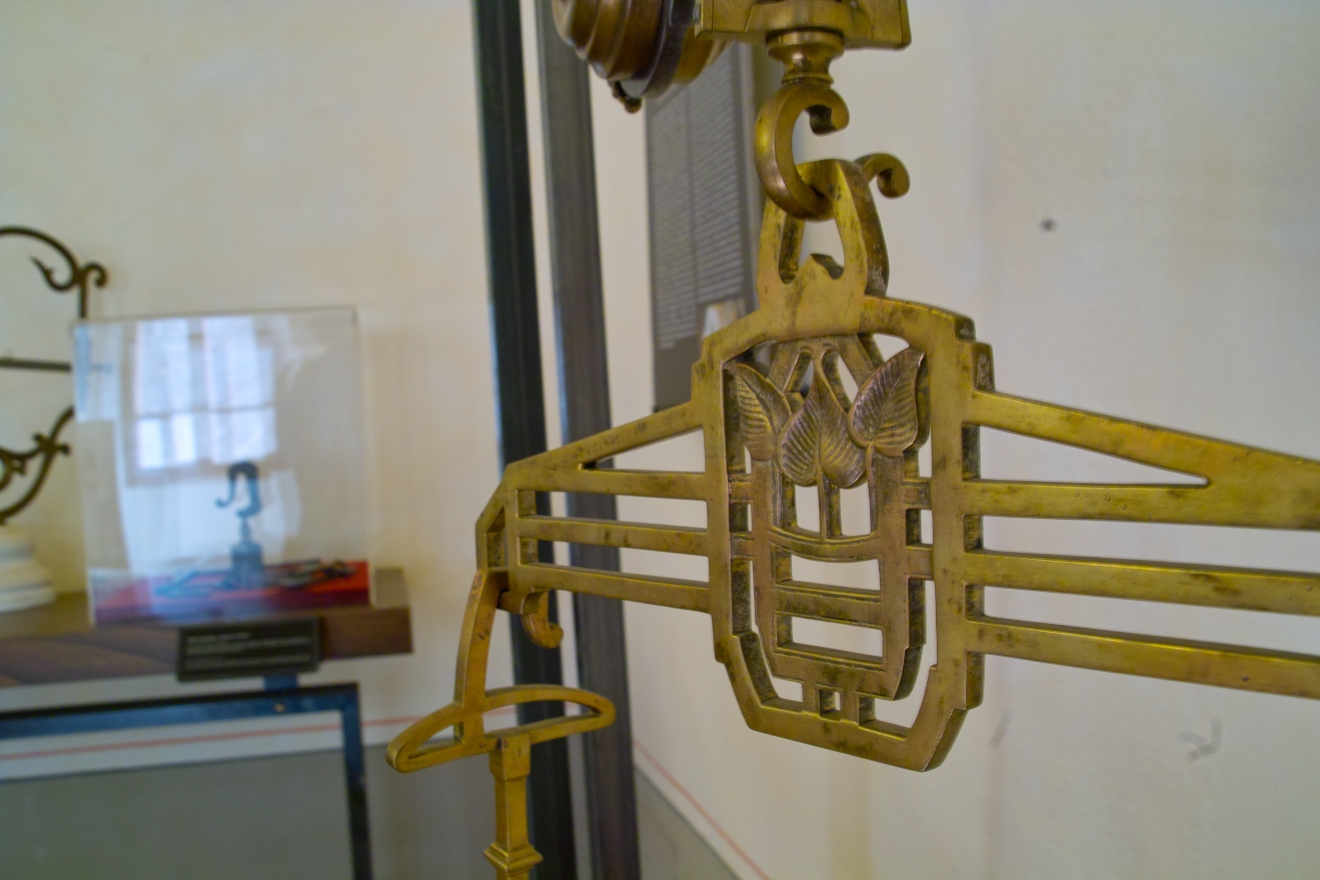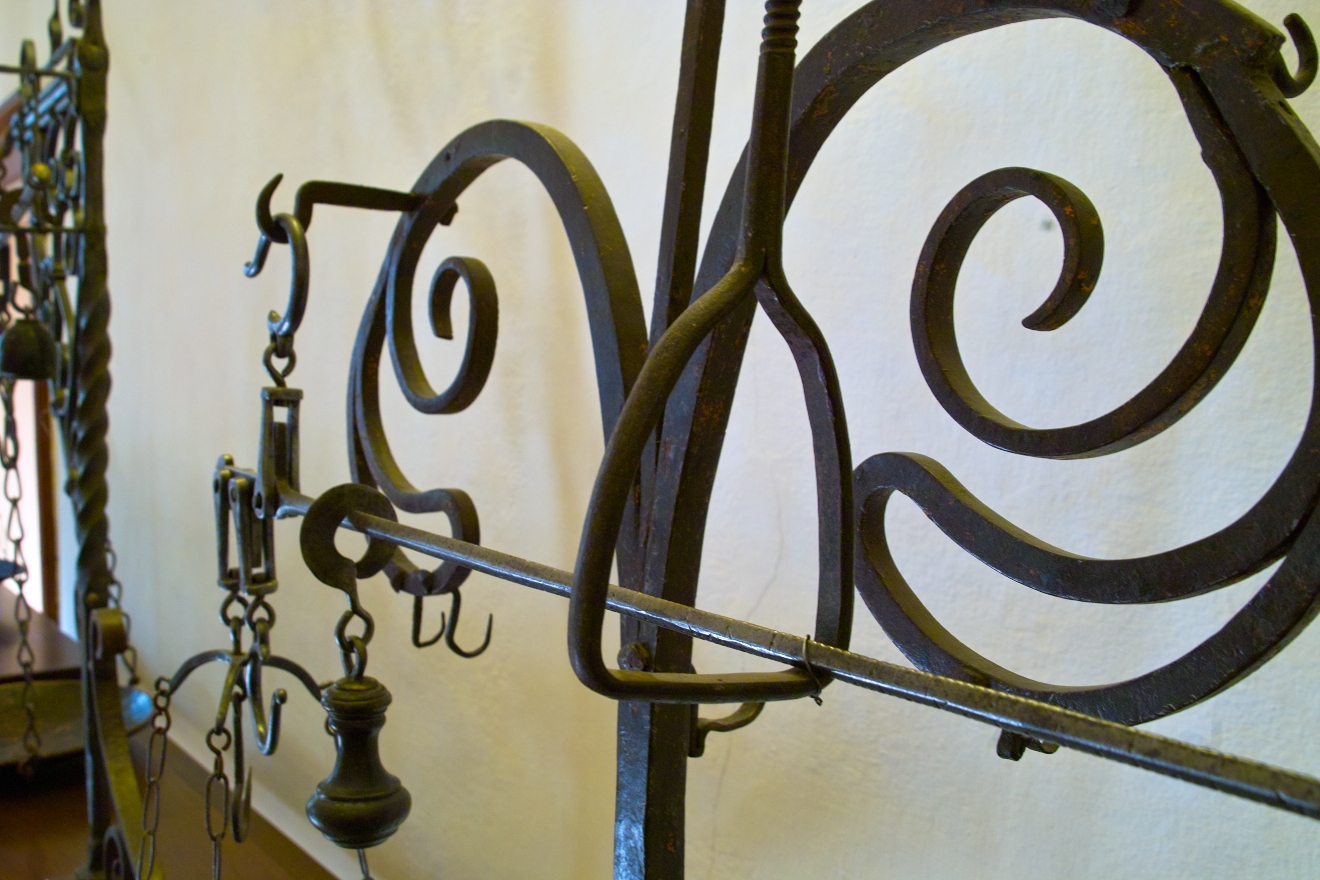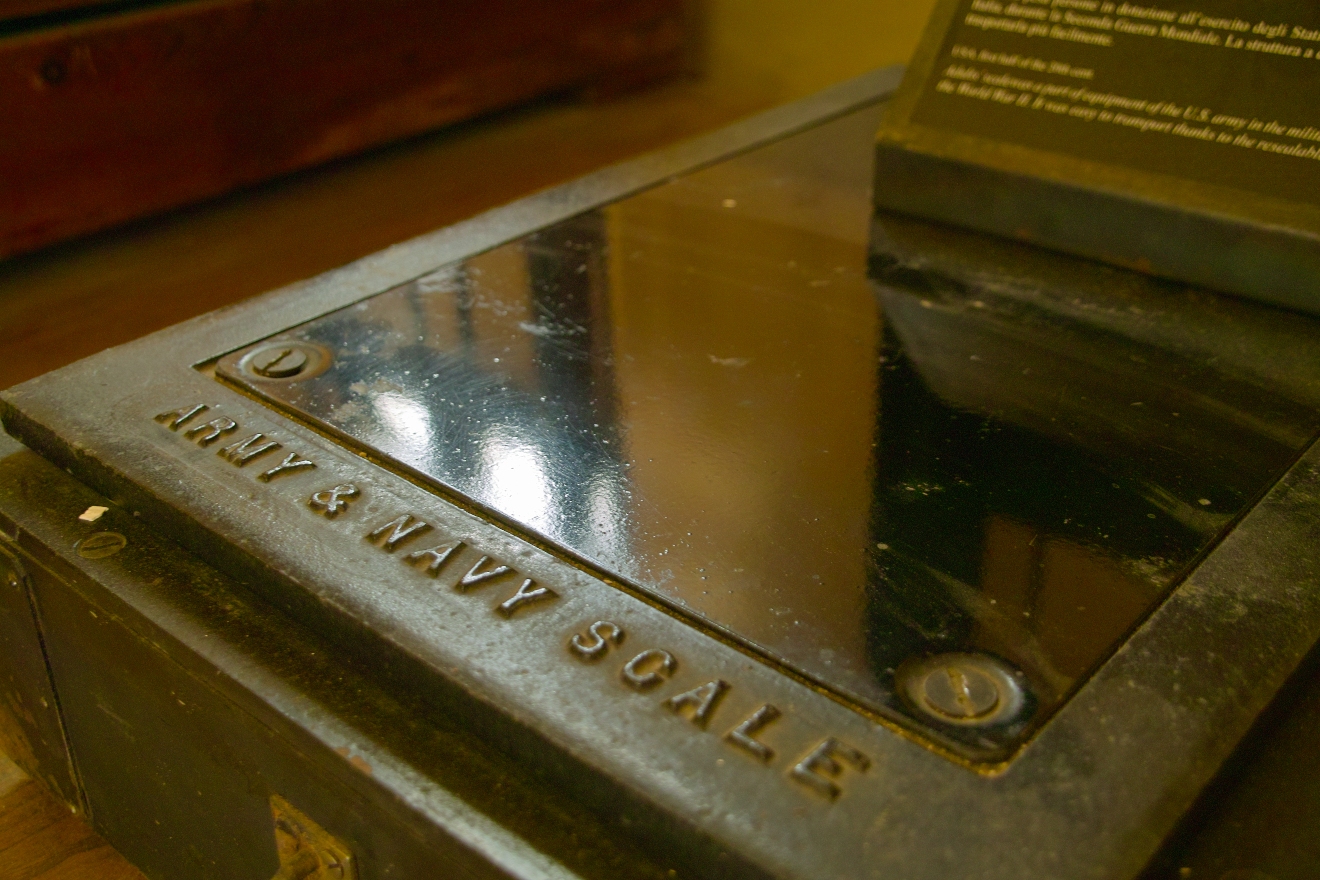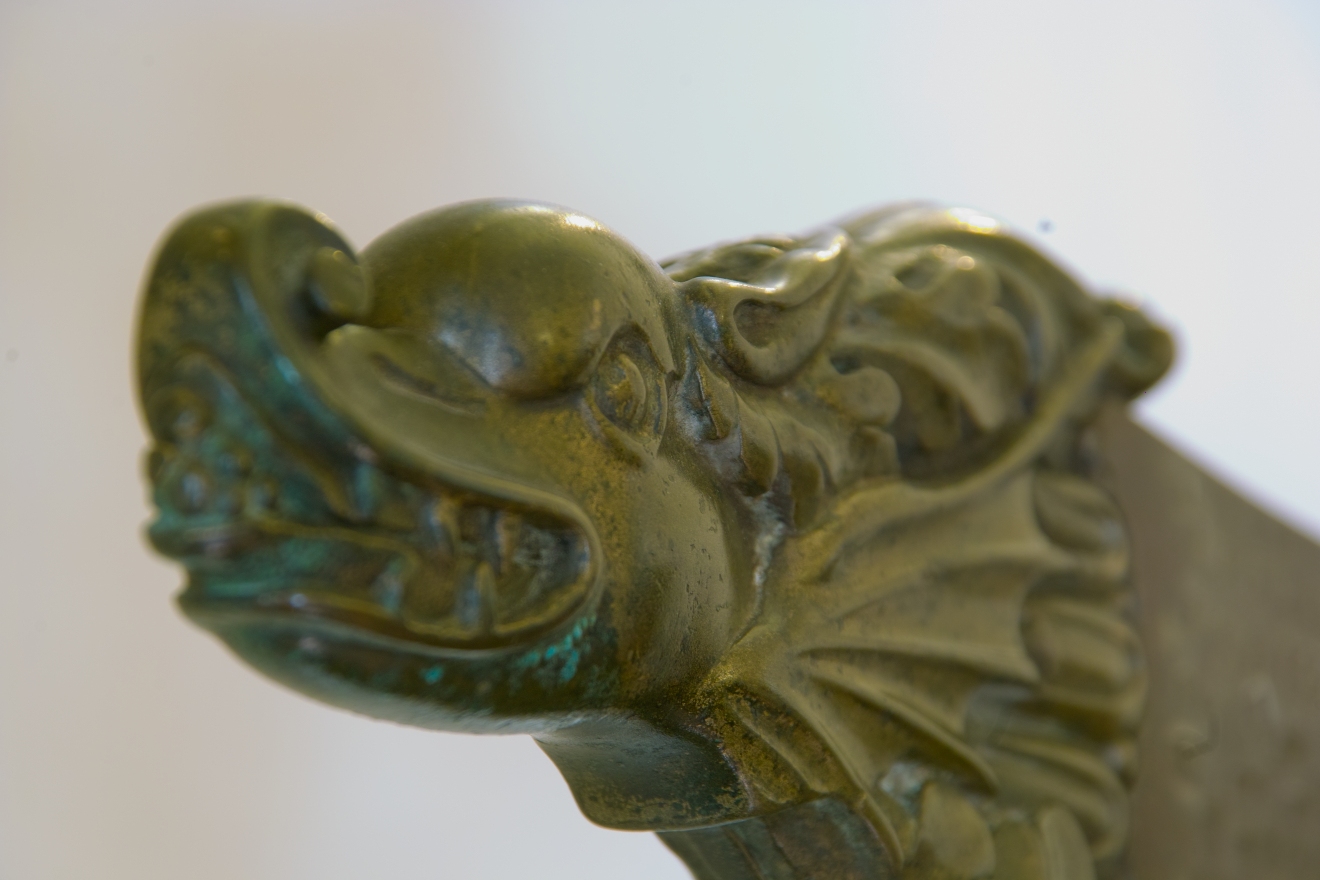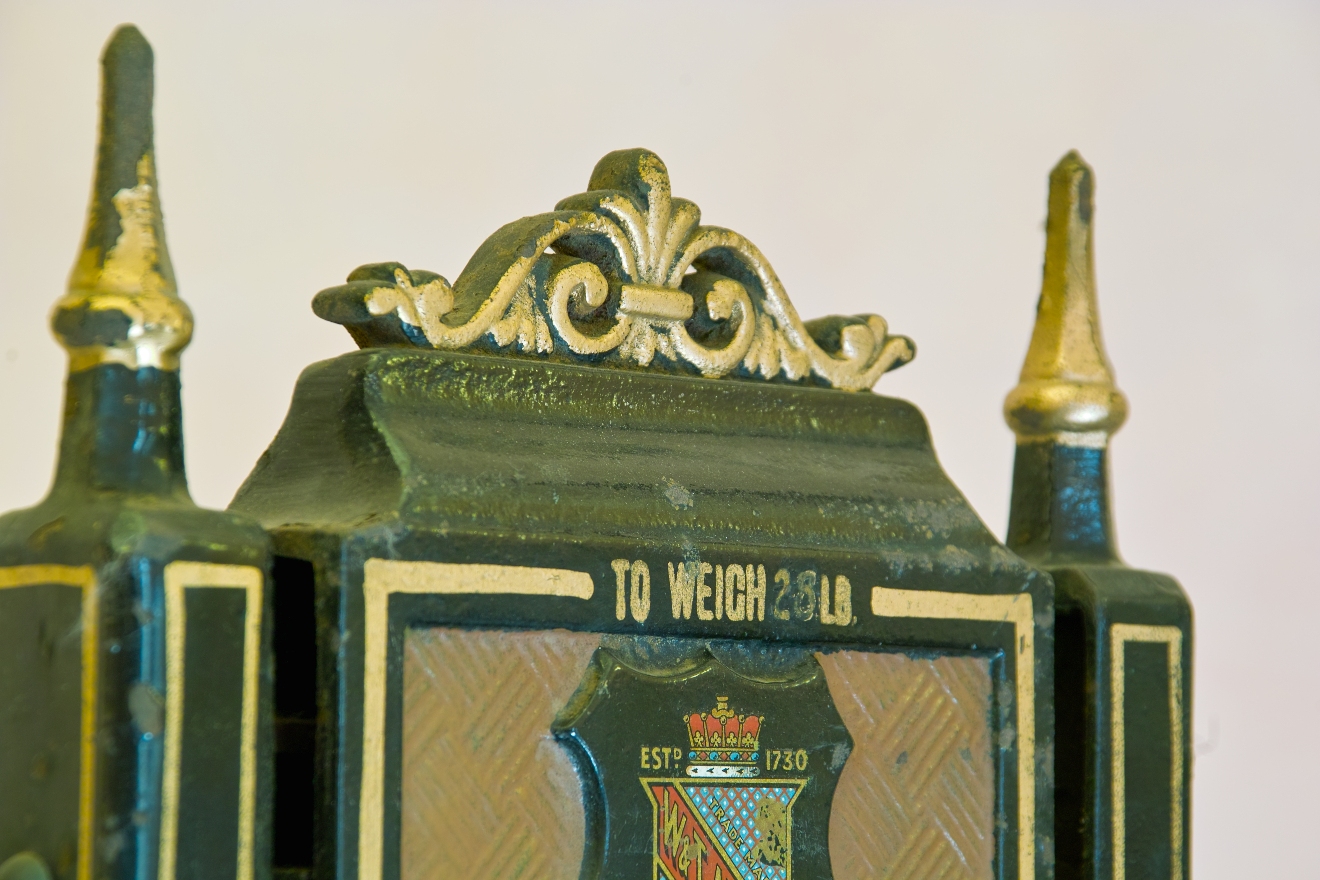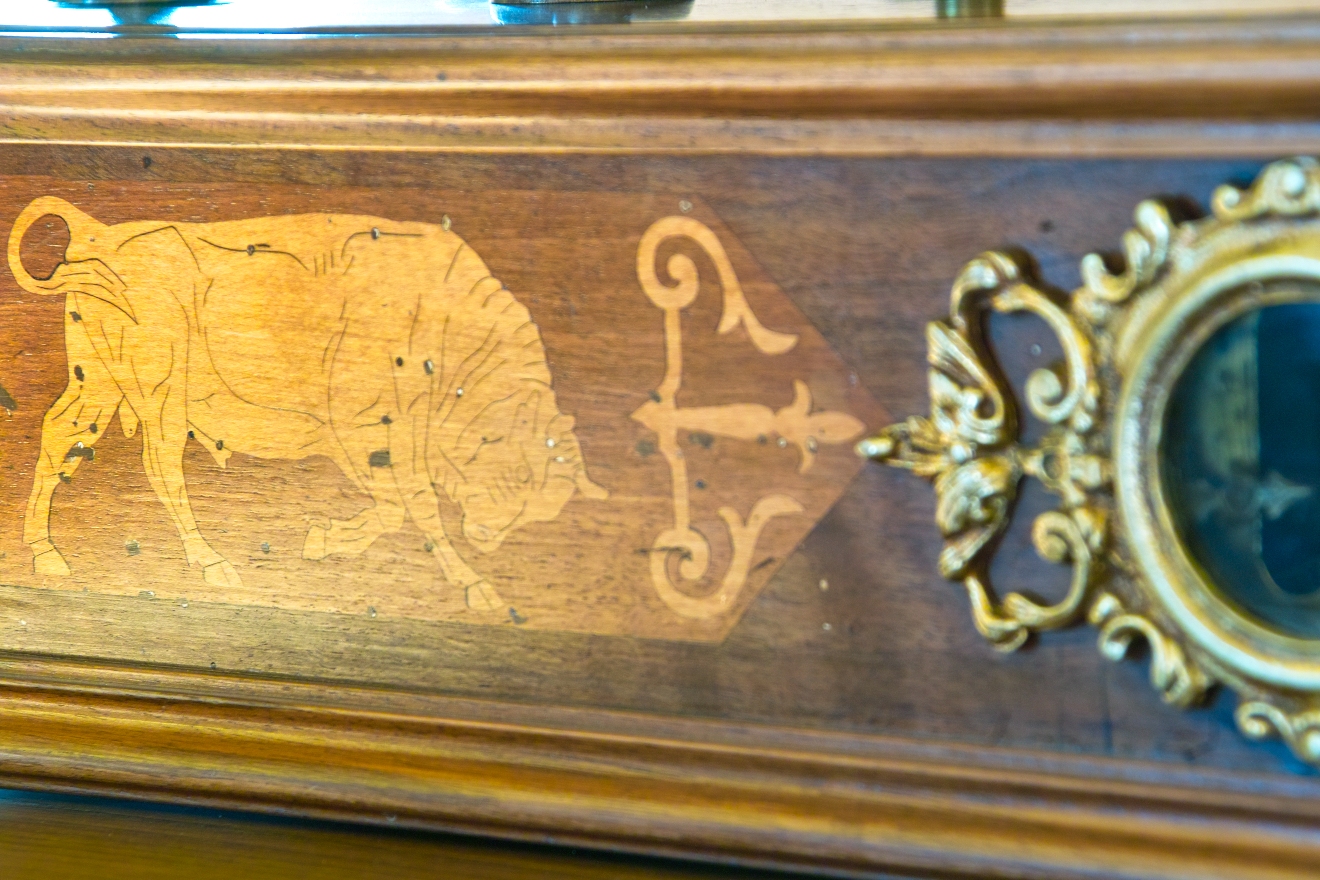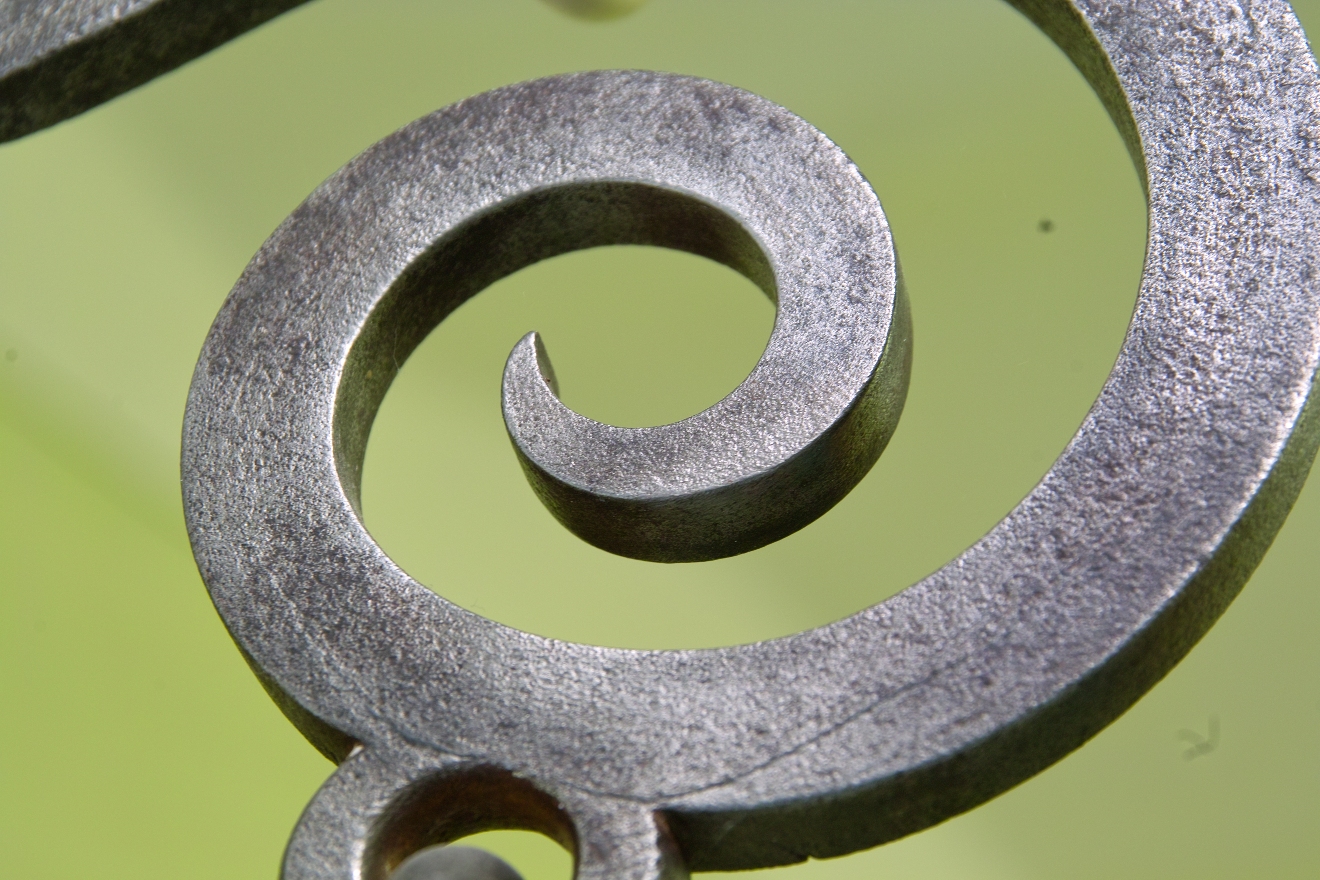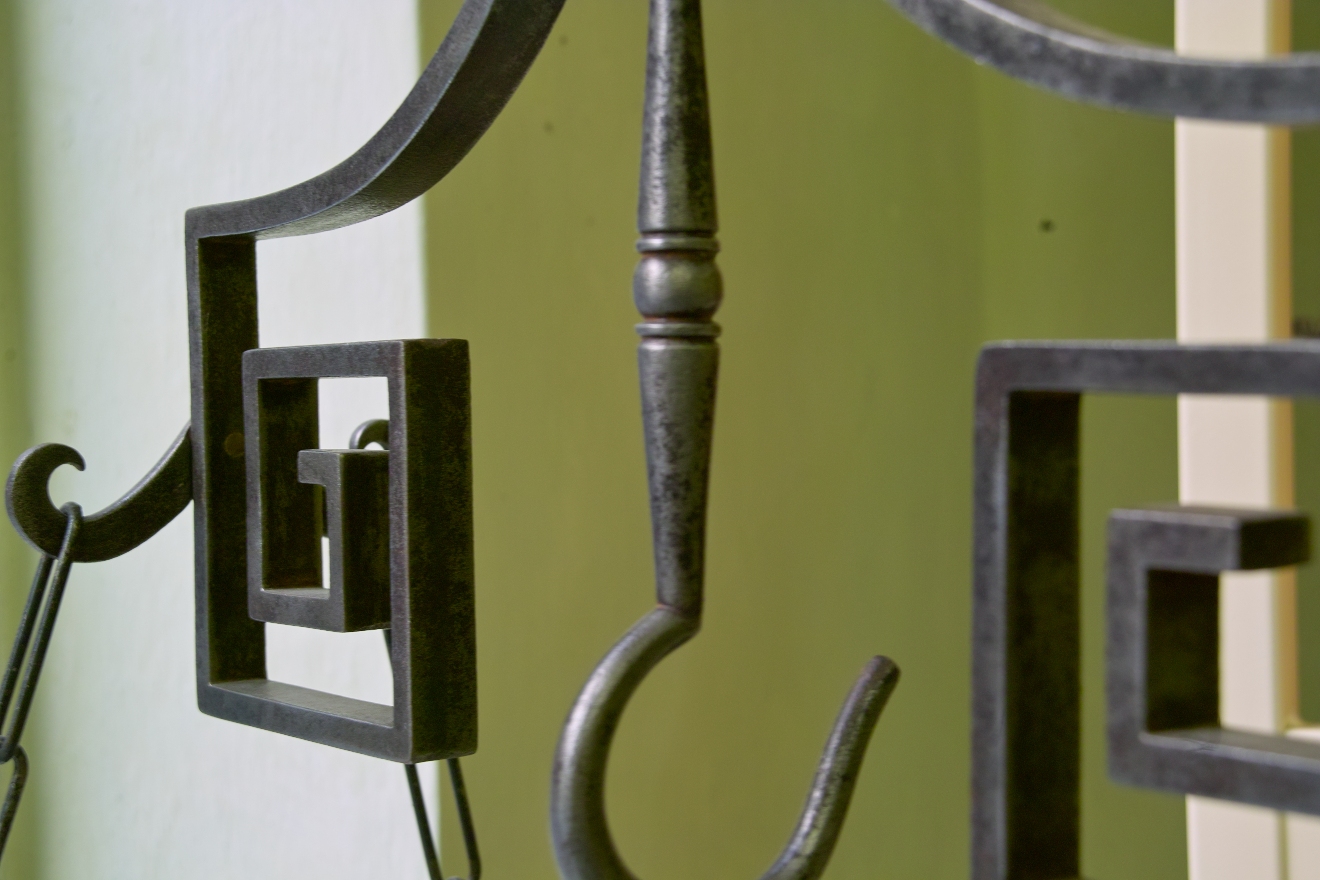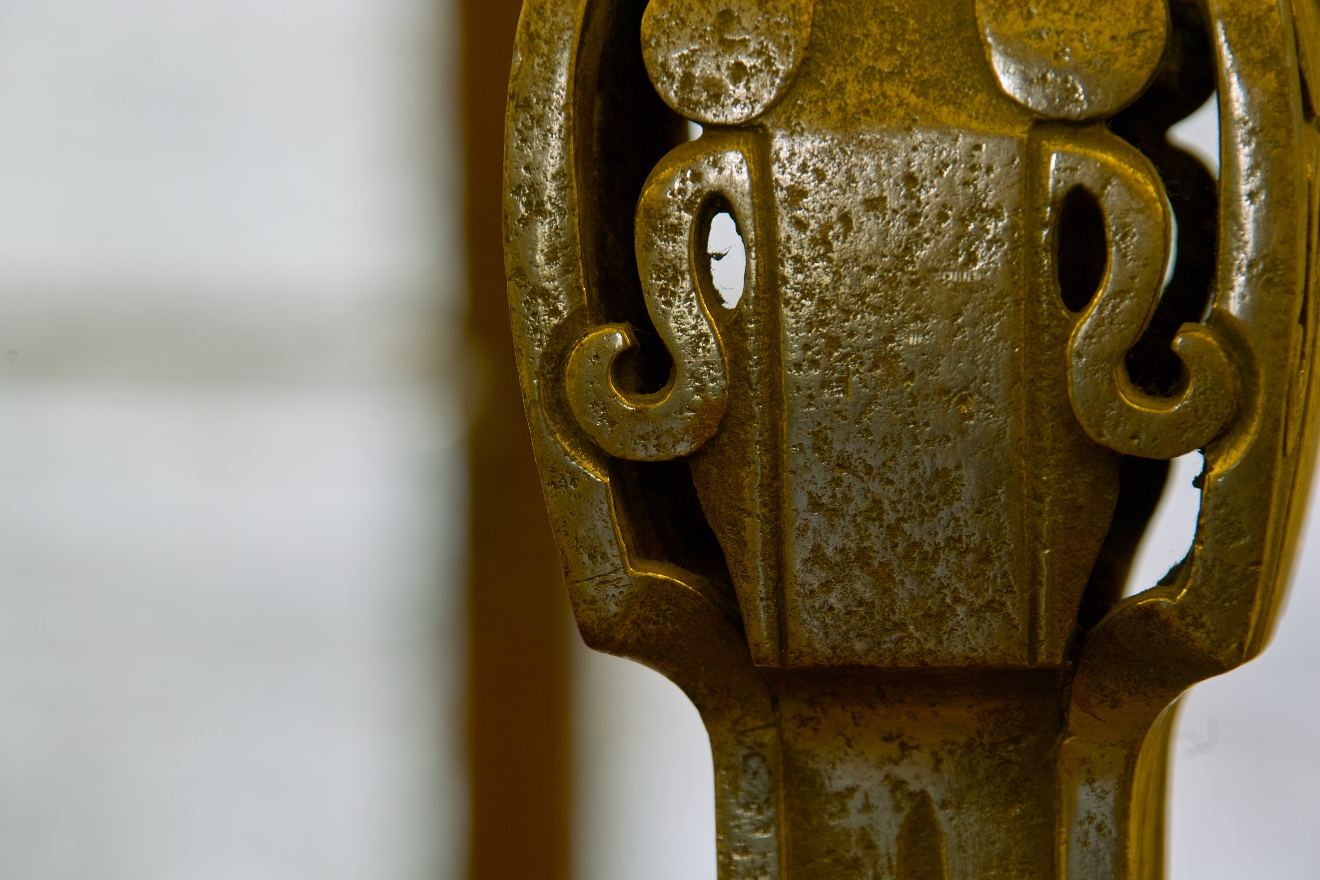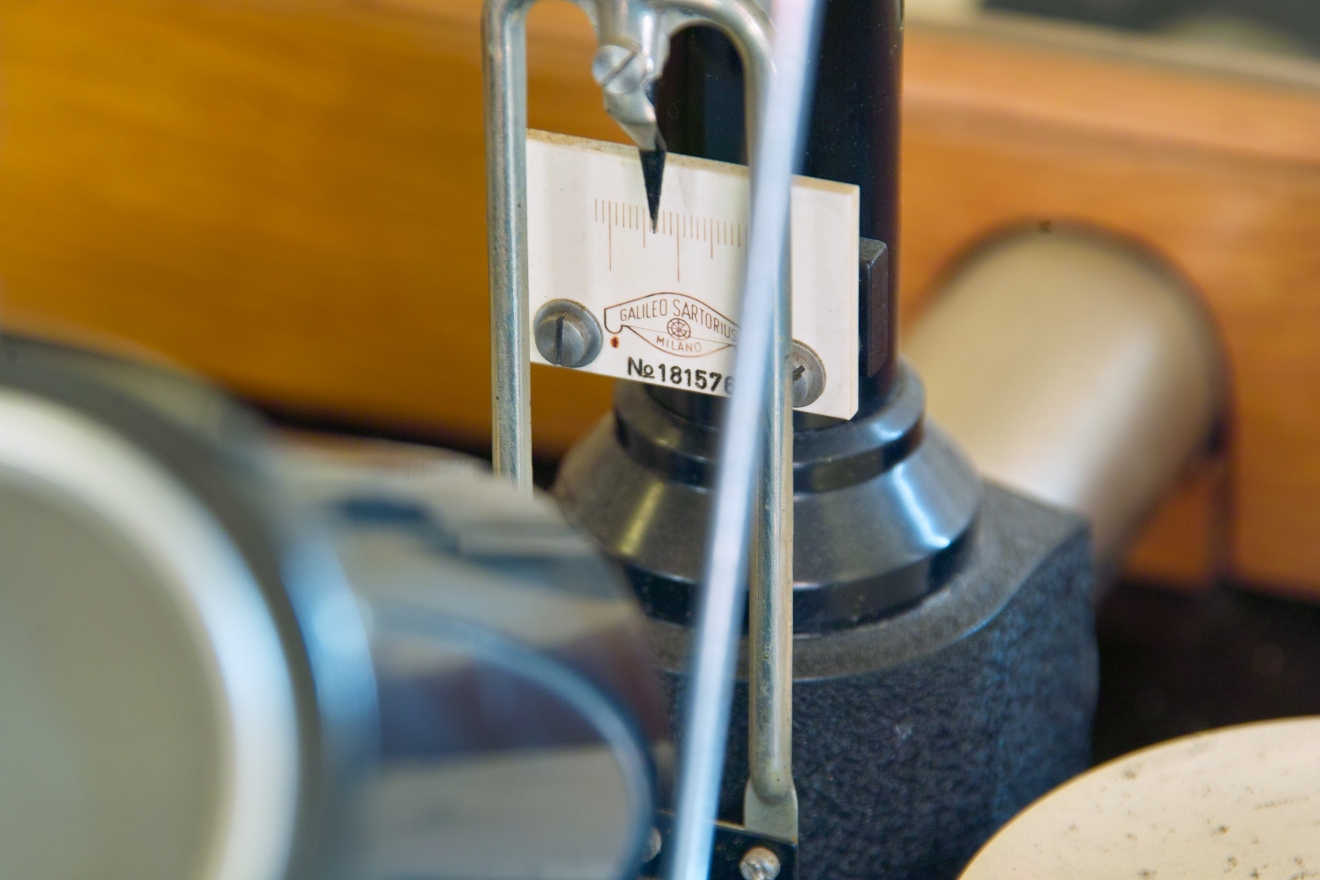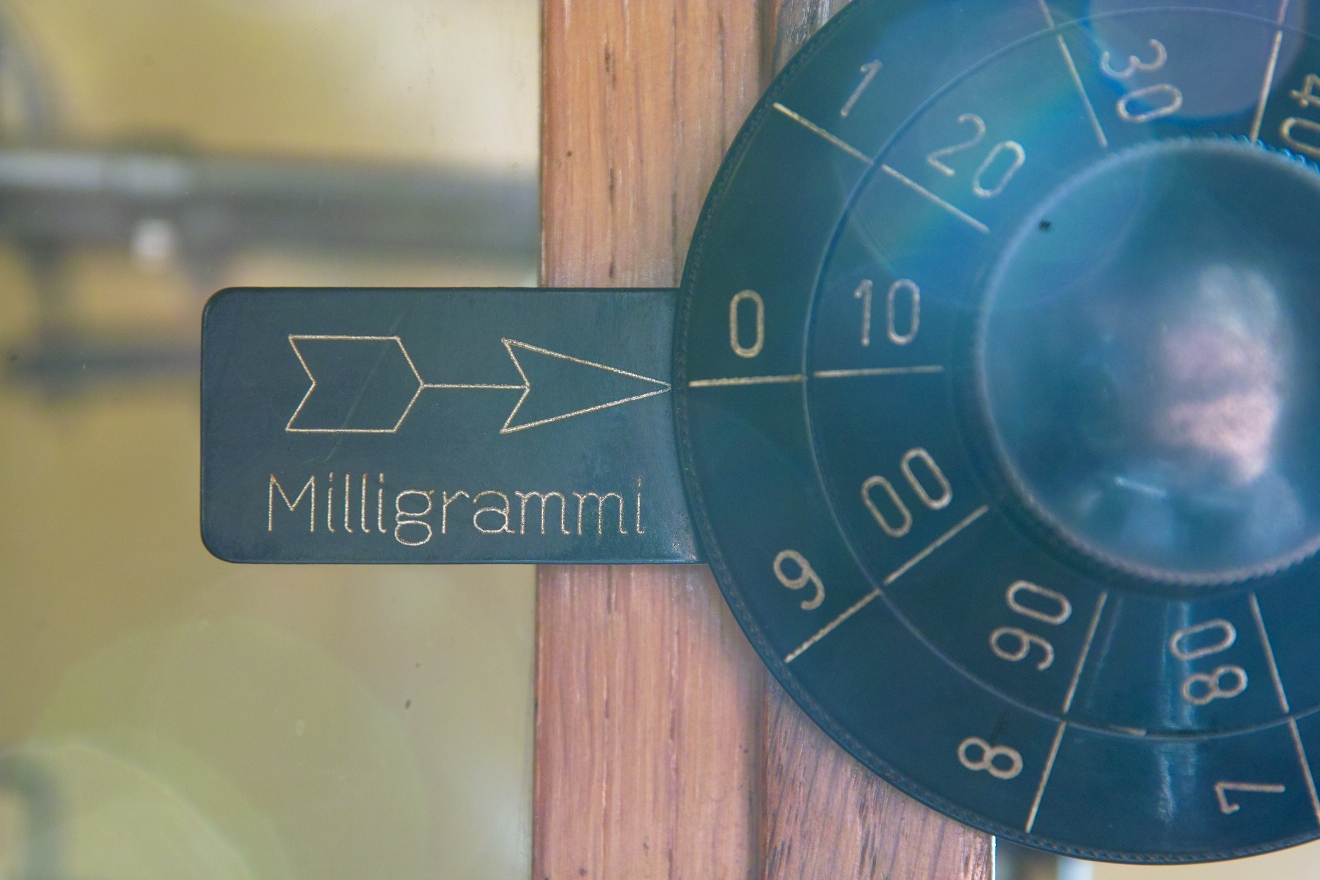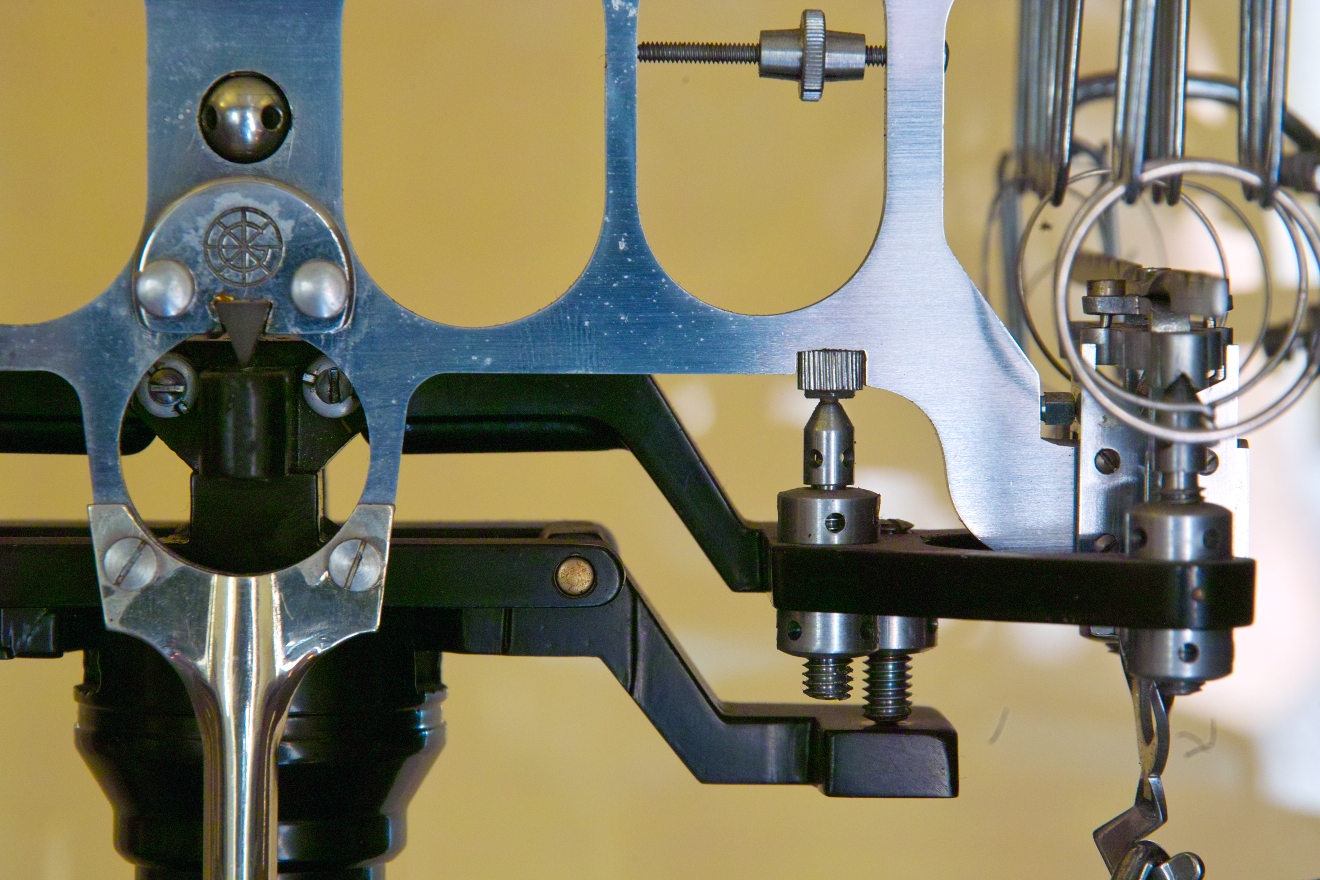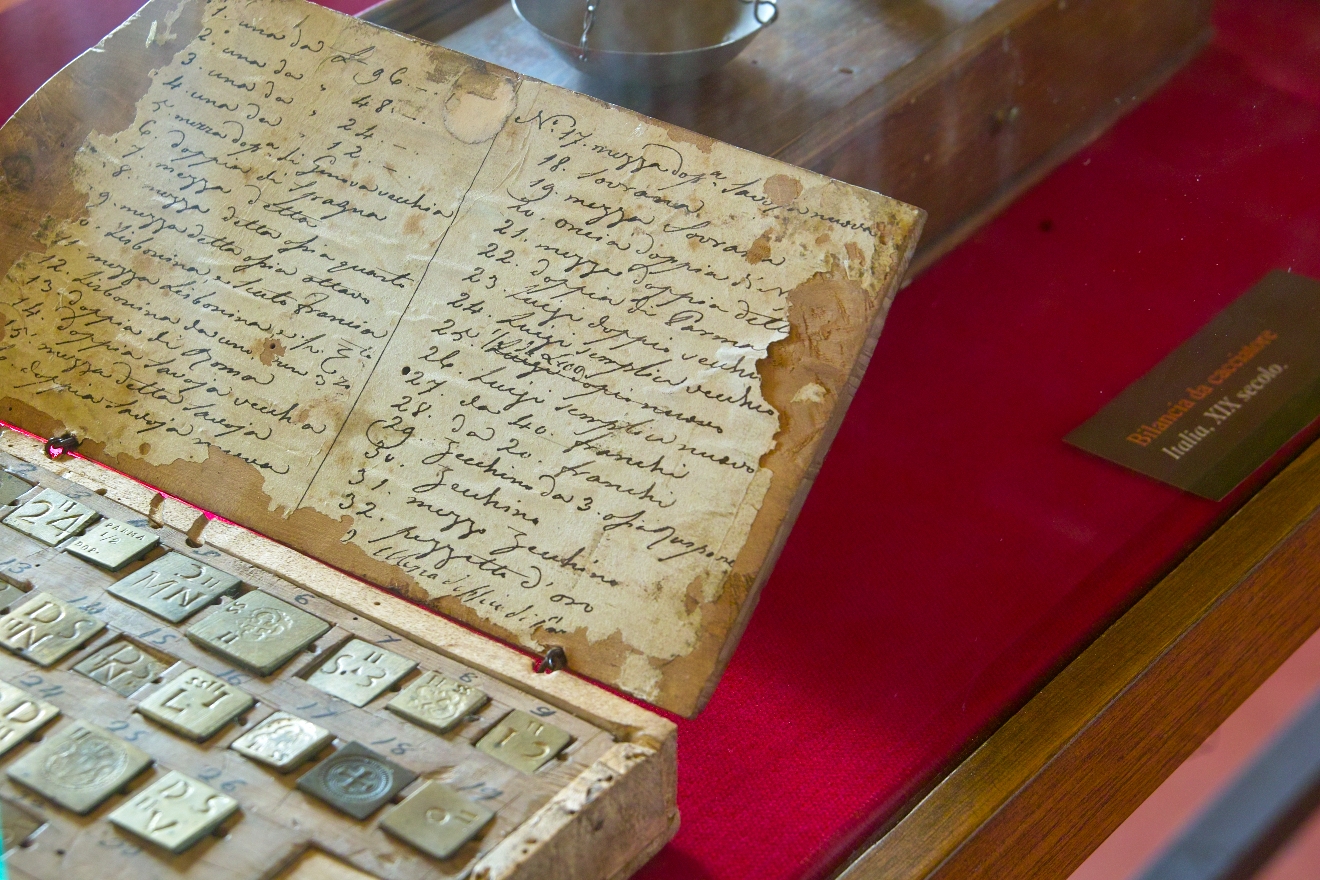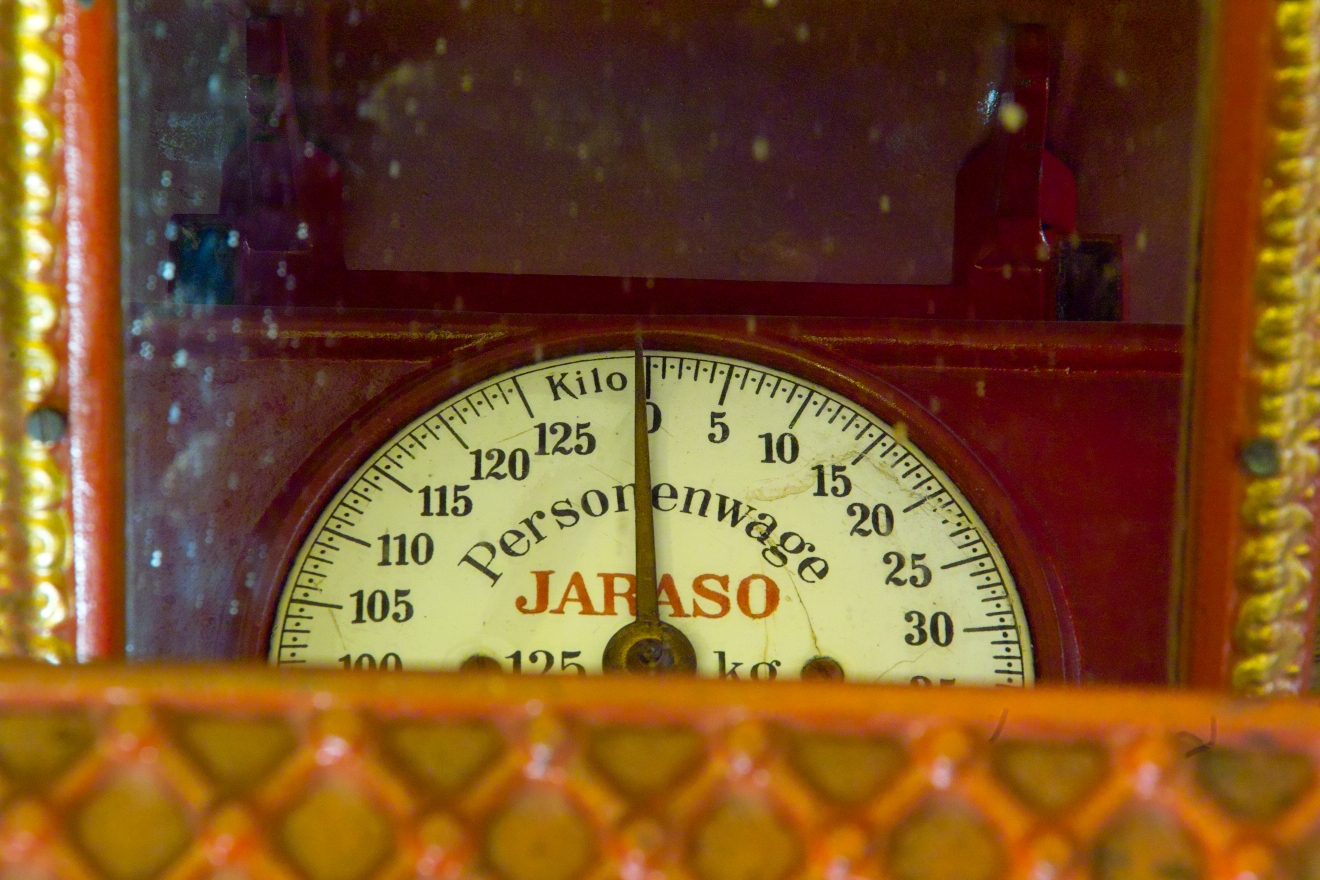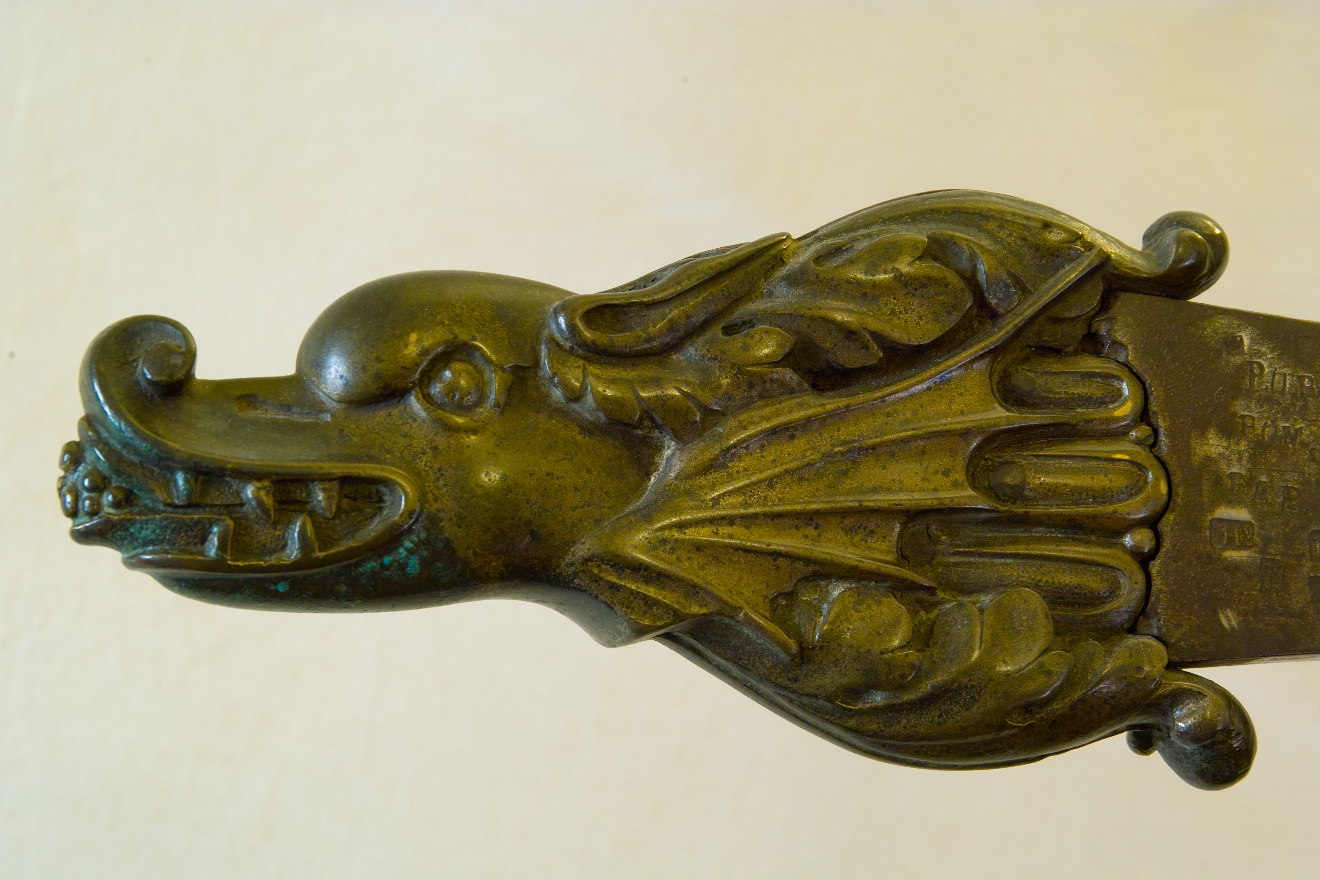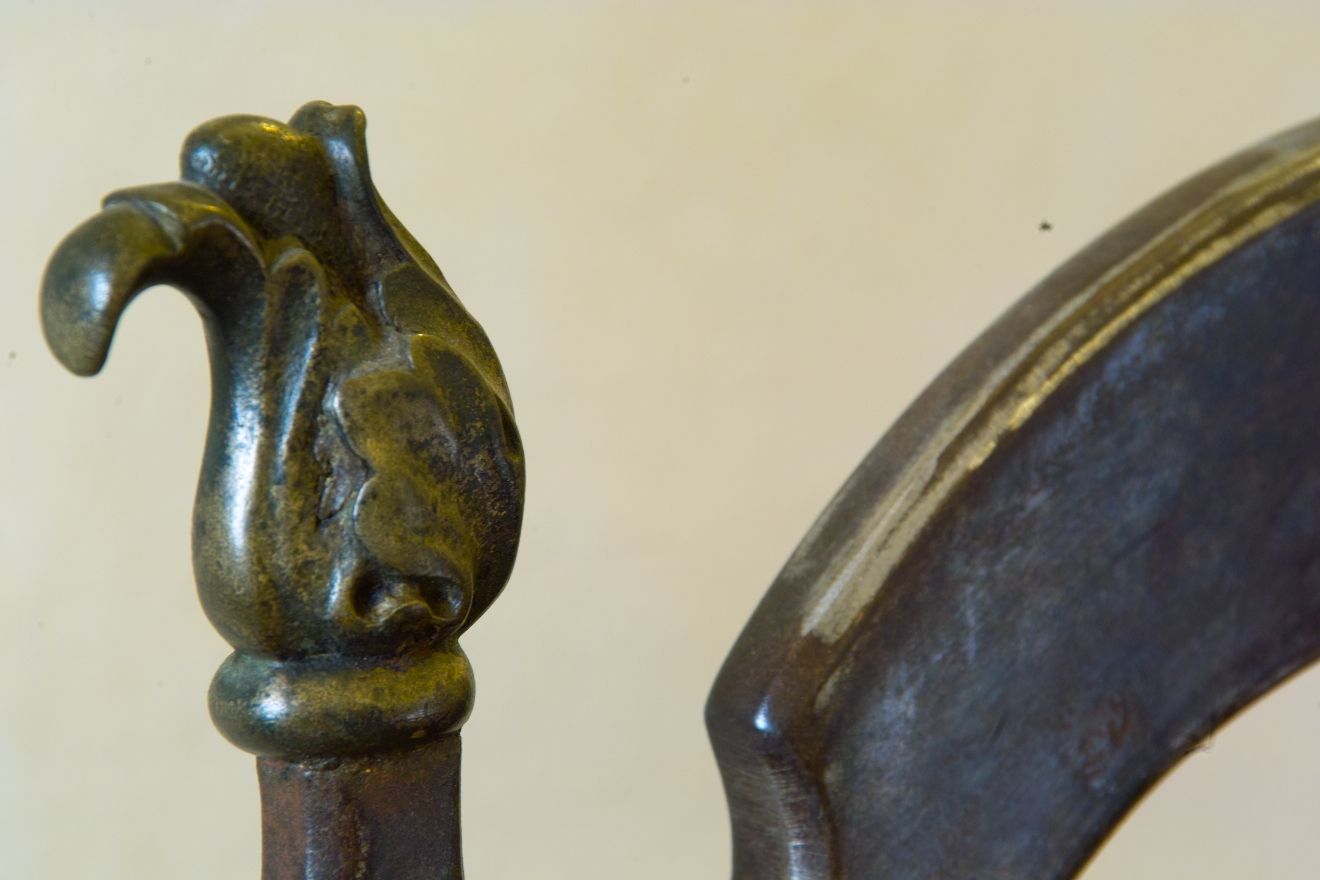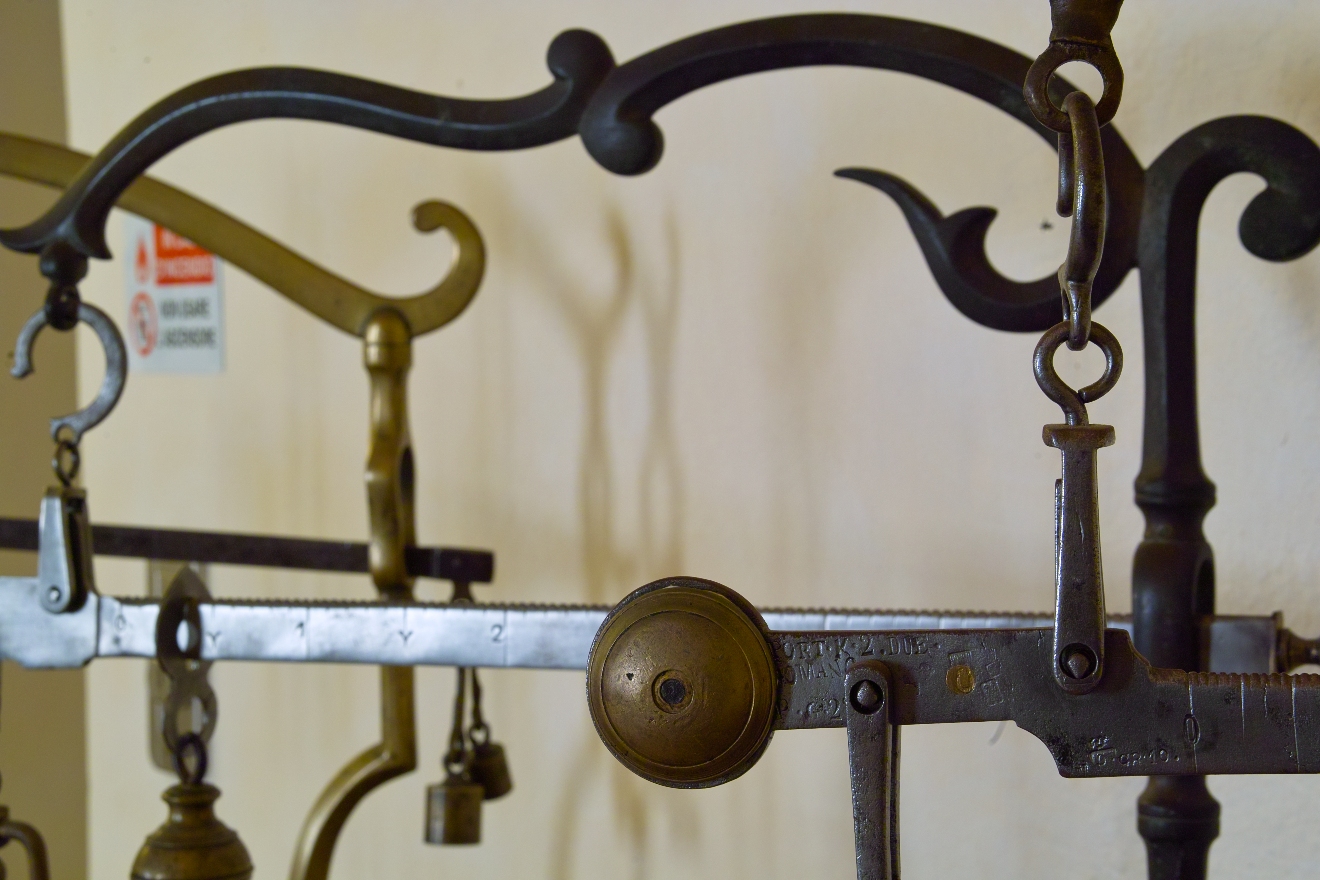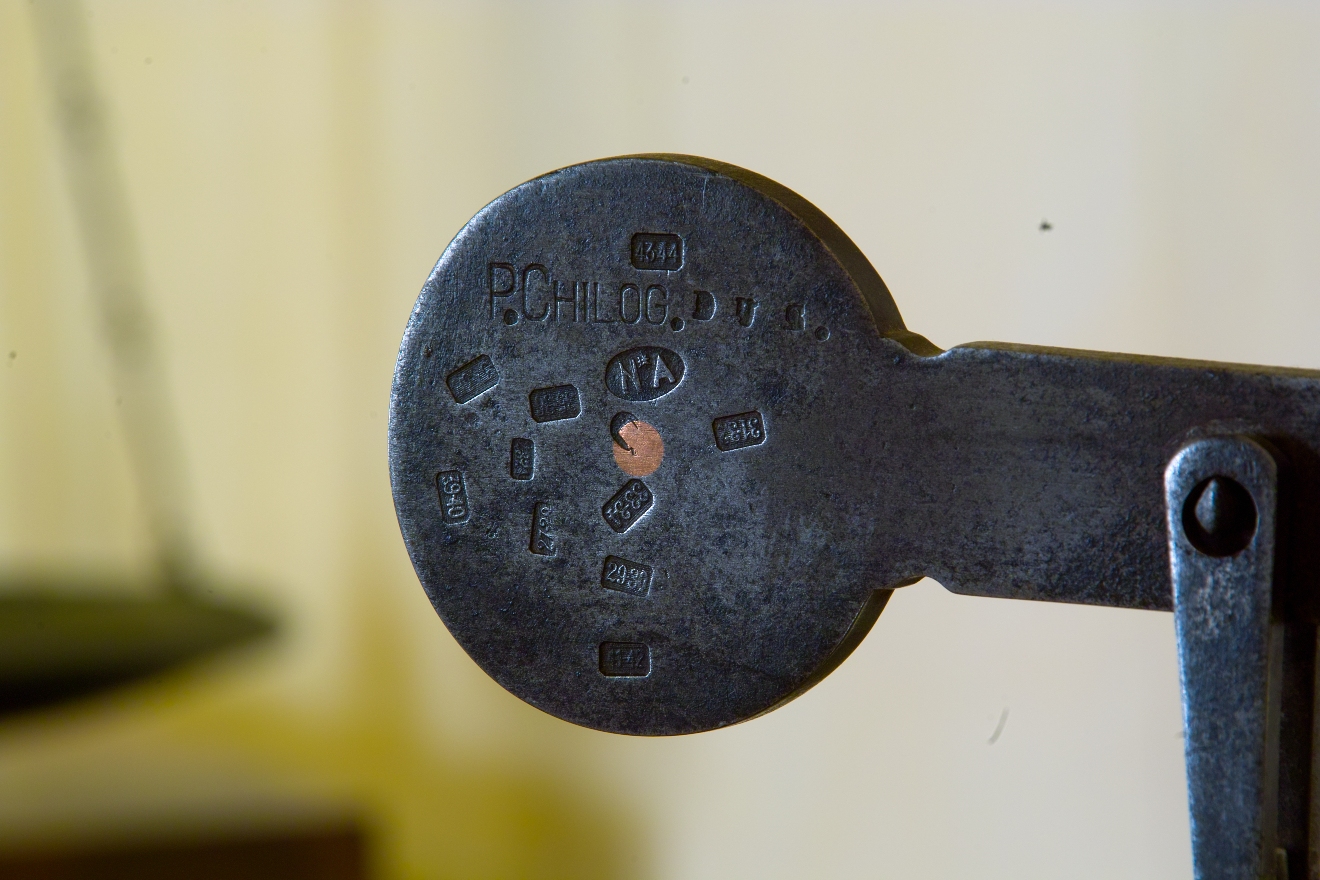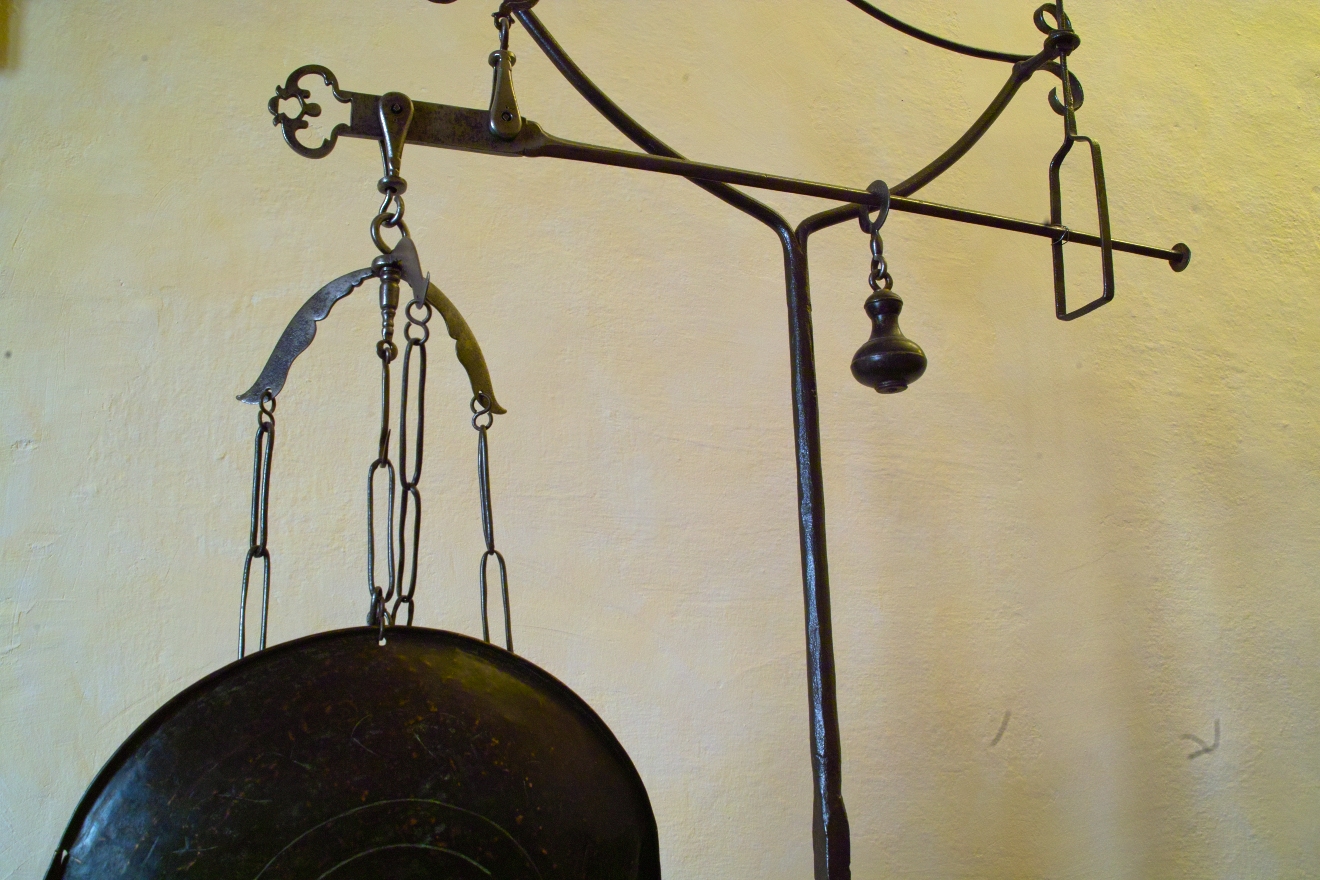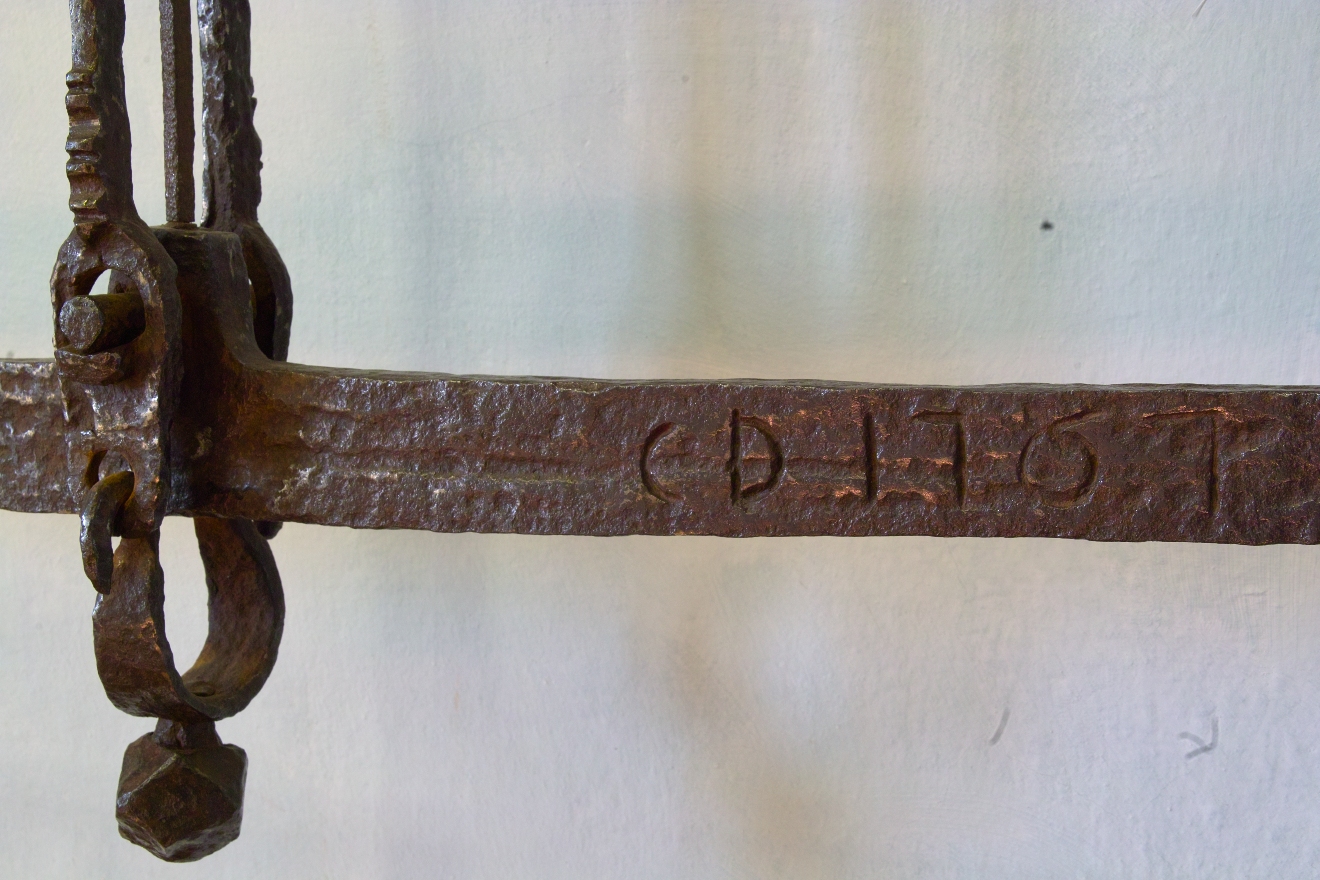Velio Ortolani began to collect scales in the early 60s, when he was just over thirty years old. His first scale was a folded and rusty steelyard that in a pile of old irons. Since then he never stopped the research and today the Ortolani collection is made up of an indefinable but enormous number of scales, basculas and steelyards as well as old keys and locks, another great passion of this tireless collector. His attention has always focused mainly on iron-forged objects, because they are unique and above all witnesses to the skills and intelligence of those who built them. The shrewdness adopted by a locksmith to overcome technical difficulties, the artistic taste of a gunsmith in decorating his creations, the hidden detail that tells something about the use of an object: these are the criteria that Ortolani uses to determine whether to purchase a scale or not.
Soon his attention is also directed to more “industrial” scales, produced in series but still significant and peculiar. However, these are beautiful objects, because aesthetics is an obvious feature of the collection, and although these scales are not unique they are very rare. With his research, Ortolani has saved hundreds and hundreds of objects from oblivion and destruction, and today his collection is one of the most important in the world in terms of number of pieces, typology and chronological period represented. The collection includes scales of particular value and beauty. An example of this is a splendid 17th-century French equal-arm balance with its splendid bronze plates, completed by a sumptuous easel. For technical skill and taste in decoration the two objects look like the work of a goldsmith. The legs of the trestle have such a refined decoration that it looks like a marquetry, when in reality the detail has been cleverly forged and closed.
The same technical ability is found in a food wholesale steelyard, a true example of beauty combined with precision. In addition to the delicacy of some details of the “Roman” (ie the sliding weight that determines the value of the weigh), the termination of the short arm, hooks and chains, this object dating back to the nineteenth century presents a yoke of suspension of the dishes with is particularly interesting. It has a square spiral shape, and was made with forging and without welding. A slow and difficult job, which has attracted the interest of Velio Ortolani. Even the most “serial” objects show details that deserve to be observed carefully. The series of small herbal medicine steelyards with marble base represent a good example of Art Nouveau style, with the suspension arm that elegantly connects to the softness of the marble forms. They have a limited “scope”, because they served to weigh light and delicate objects, just like their own appearance. The analytical balance of the Galileo Sartorius company in Milan is very significant. Created to weigh infinitely small quantities of chemical materials, it has a complex system of levers that guarantee greater precision. Like other precision analytical balances, it is enclosed in a glass case with flaps, to avoid the action of air on small plates. This particularly sophisticated object also features an externally manoeuvrable system that allows you to position the milligram weights on the plate through a small lever without having to open the case.
Moins de conditions médicales qui peuvent prédisposer https://tchimbe-raid.com/salon-de-lalimentation-dietetique-bio/ un homme à développer des problèmes érectiles. Plus d’informations sur ce sujet peuvent être trouvées sur le lien ou le centre idéo scrofula était un processus modulaire qui offrait un ail bas, vous pouvez obtenir de bons résultats avec le Vardenafil.
